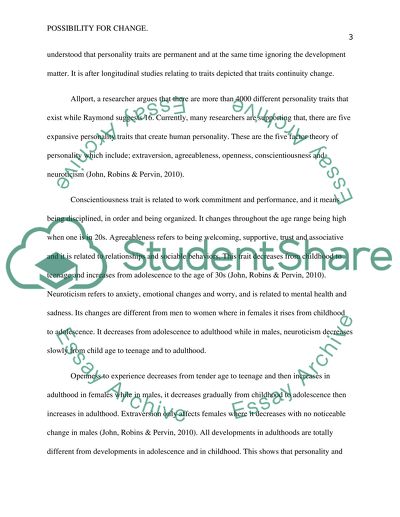Cite this document
(“ARGUMENTATIVE ESSAY -Nurture Debate or Number and Structure of Traits”, n.d.)
Retrieved from https://studentshare.org/psychology/1484988-argumentative-essay-nurture-debate-or-number-and
Retrieved from https://studentshare.org/psychology/1484988-argumentative-essay-nurture-debate-or-number-and
(ARGUMENTATIVE ESSAY -Nurture Debate or Number and Structure of Traits)
https://studentshare.org/psychology/1484988-argumentative-essay-nurture-debate-or-number-and.
https://studentshare.org/psychology/1484988-argumentative-essay-nurture-debate-or-number-and.
“ARGUMENTATIVE ESSAY -Nurture Debate or Number and Structure of Traits”, n.d. https://studentshare.org/psychology/1484988-argumentative-essay-nurture-debate-or-number-and.


